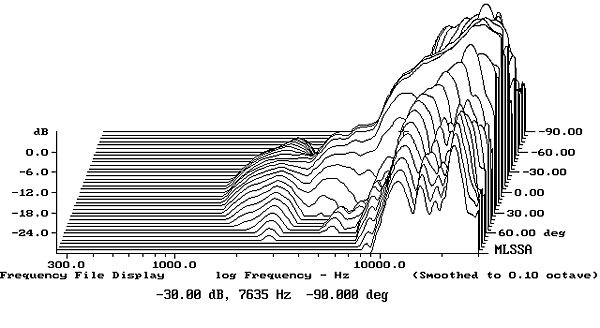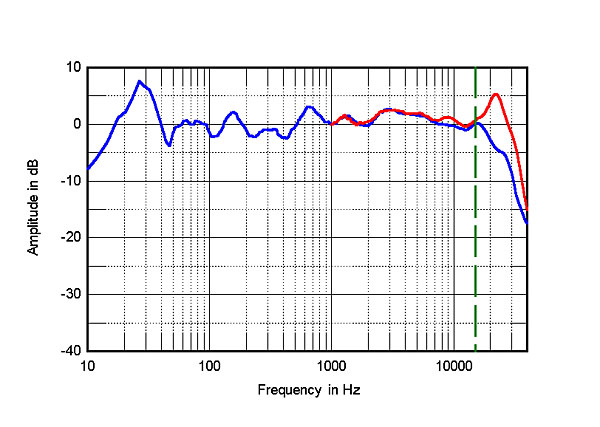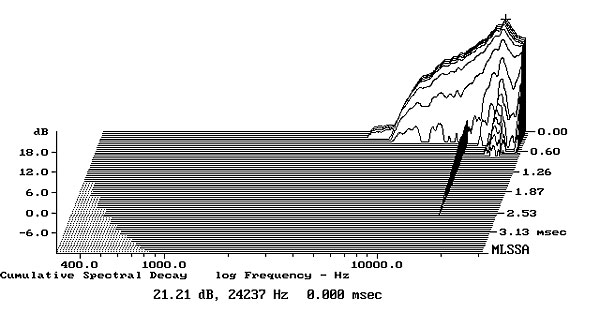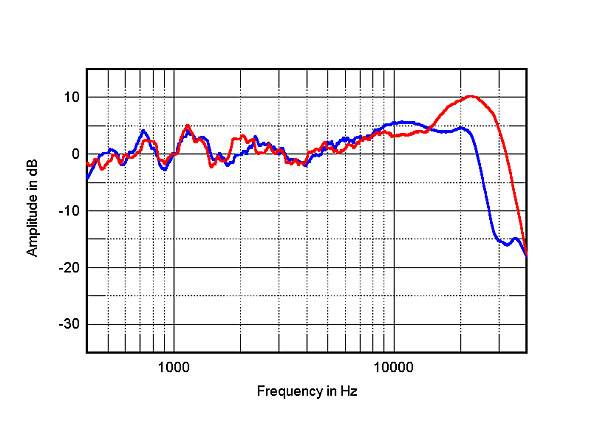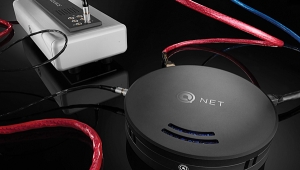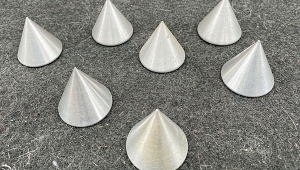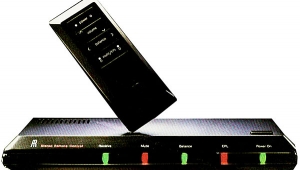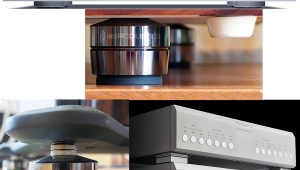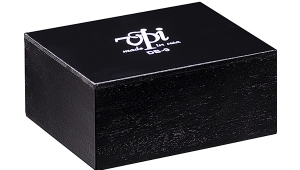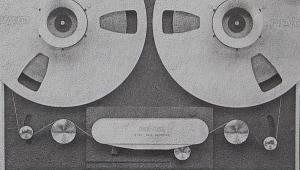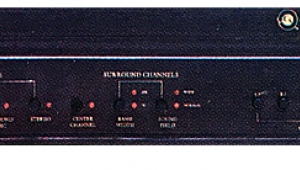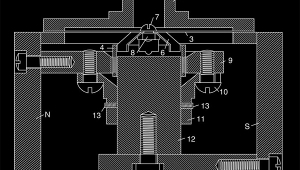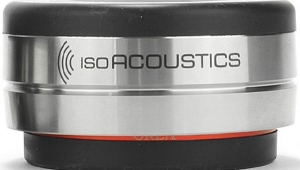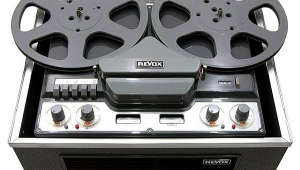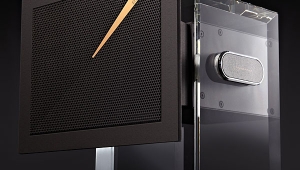| Columns Retired Columns & Blogs |
..around an inch long. The distance of the super tweeter's center looks to be several inches from the main tweeter's center. Relatively speaking, it would be like placing a subwoofer a hundred feet from the mains(Kind of). It seems like the potential for destructive interference due to timing variations would be pretty bad. For this reason, off axis measurements/w main speaker would have been interesting.
Another thing, regarding show conditions, is that if you are not sitting perfectly on axis with these supertweeters(90% of show listeners usually aren't), what you are hearing from it is probably just your imagination, or destructive interference at the crossover point.
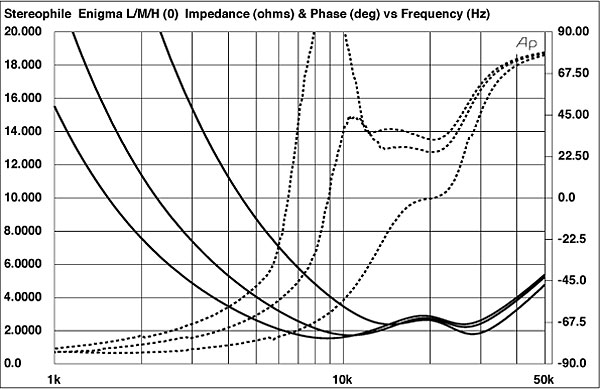
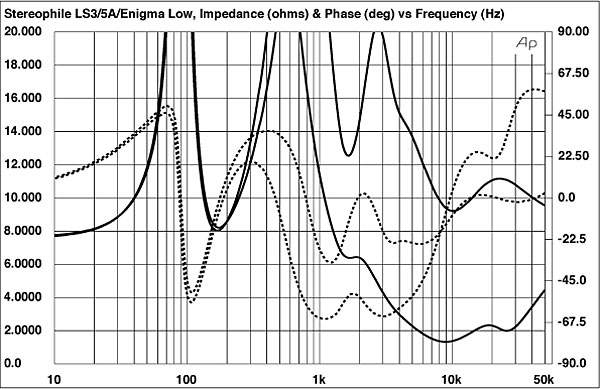
.jpg)
